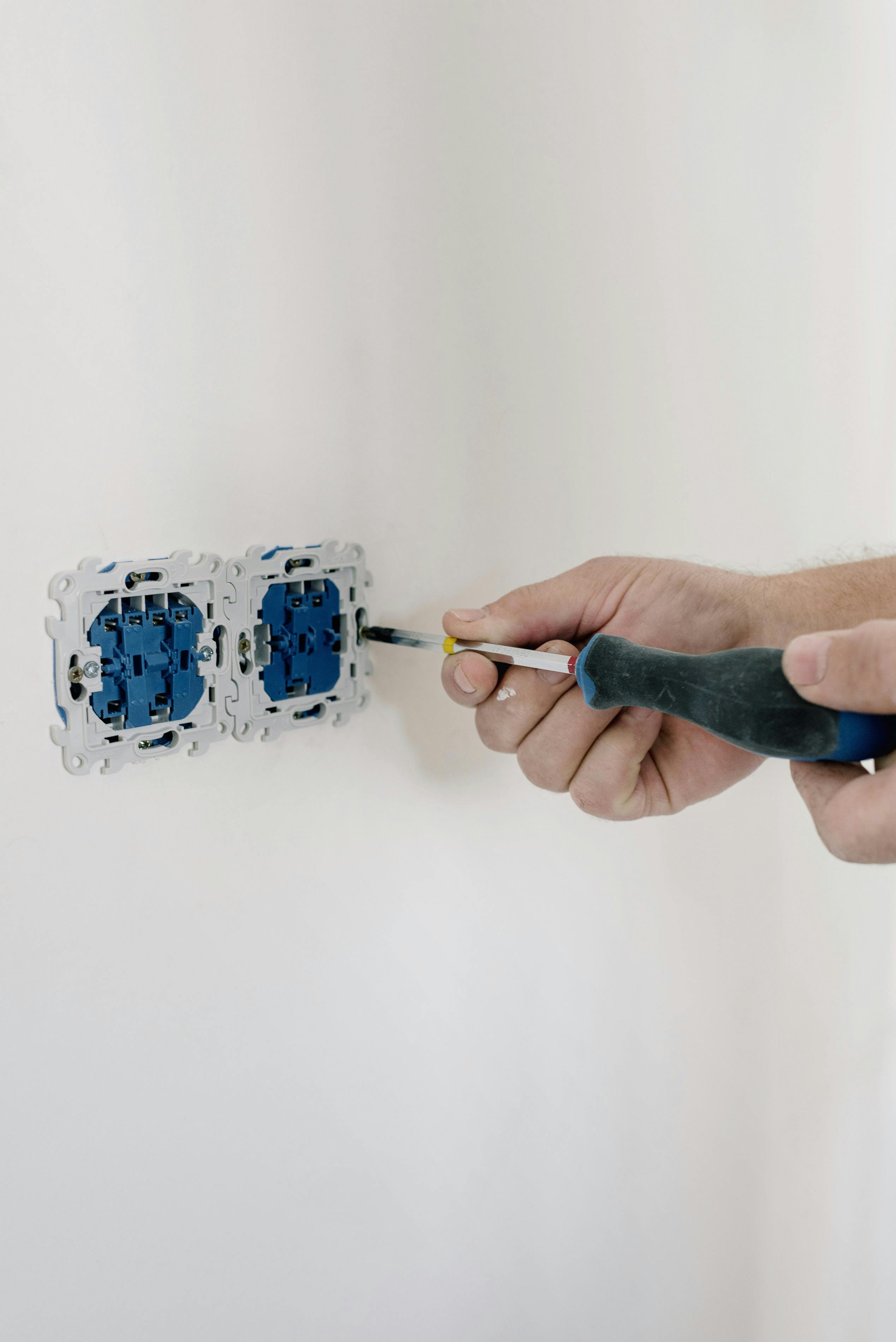Fuel Cell Electrical Bulkhead Fitting Guide & Innovations
Fuel cell technology is rapidly transforming the way we think about energy and mobility. One crucial yet often overlooked component in these systems is the fuel cell electrical bulkhead fitting. This article dives deep into what these fittings are, how they function, and why they’re essential in modern fuel systems. Readers will gain practical knowledge, learn about best practices, and uncover how to future-proof their energy setups.

Understanding the Fundamentals
The fuel cell electrical bulkhead fitting serves as a secure, sealed passage for electrical wires through fuel cell walls or enclosures. Its role is both electrical and structural—ensuring signal and power integrity while maintaining pressurization and insulation within hydrogen fuel systems.
From early applications in aerospace to today’s use in electric vehicles and stationary energy systems, bulkhead fittings have become a foundation for safe, efficient electrical transfer across system boundaries.
1.1 Sealing and Safety Standards
Electrical bulkhead fittings are specifically designed to handle high voltages while ensuring no hydrogen leaks. This is vital in preventing ignition or system failure. For example, many fittings now meet IP67 or MIL-STD requirements for dust and water protection.
They’re commonly used in automotive fuel cell vehicles like the Toyota Mirai or Hyundai NEXO, where high-voltage safety and zero-emission performance are critical.
1.2 Insulation and Conduction Balance
Unlike basic connectors, bulkhead electrical fittings must strike a balance between electrical conduction and insulation. They typically incorporate Teflon seals and gold-plated conductors for optimal transmission.
This is what sets them apart from standard electrical connectors. Their dielectric materials offer protection against electromagnetic interference, making them ideal for EV electrical fittings and critical power applications.
Practical Implementation Guide
Now that we understand the importance of fuel cell bulkhead fittings, let’s explore how they’re implemented effectively. A structured approach can ensure safety, performance, and long-term reliability.

2.1 Actionable Steps
- System Assessment: Evaluate where the bulkhead fitting needs to pass through—typically the enclosure wall or cooling plate in a fuel cell stack.
- Component Selection: Choose a fitting that matches voltage requirements (commonly 600V+), conductor size, and pressure ratings.
- Installation & Testing: Install using torque-rated tools, apply sealant, and conduct leak and voltage drop testing to validate connections.
2.2 Overcoming Challenges
Some common issues encountered include:
- Poor sealing leading to hydrogen leaks
- Electrical noise interference
- Thermal expansion causing stress cracks
- Incorrect torque during installation
To mitigate these, always use OEM-compatible fittings, monitor temperature ratings, and verify with insulation resistance tests. Expert installers also recommend strain relief on wiring to avoid fatigue.
Advanced Applications
As systems become more complex, fuel cell electrical bulkhead fittings are evolving to meet higher demands. These advanced applications extend into aerospace, marine, and hybrid energy storage systems.

3.1 Dual-Channel Fittings
Some systems now require dual-channel fittings—where power and data signals are transmitted through the same assembly. This is especially important in autonomous vehicles and UAVs, which rely on streamlined wiring and high signal fidelity.
These fittings come with fiber-optic and copper pathways combined, achieving better EMI shielding and more compact architectures.
3.2 Modular Integration
Modern fuel cells often integrate directly with battery management systems (BMS). The latest fittings are modular and designed for plug-and-play configurations, compatible with smart control units and thermal sensors.
Compatibility with CAN bus and other industry protocols is key here, ensuring smooth digital communication alongside power transfer.
Future Outlook
The future of fuel cell electrical bulkhead fitting technology looks promising, driven by the growth of clean energy and electrified transport. New materials like graphene-infused composites and ceramic insulators are emerging to enhance efficiency and safety.
Industry forecasts predict a 15-20% annual growth in demand for these fittings over the next 5 years, especially in the heavy-duty trucking and aerospace sectors. Staying informed on certification trends and material innovation will be critical for engineers and system integrators alike.
Conclusion
To recap:
- Fuel cell bulkhead fittings are essential for safe, efficient power transmission
- Proper selection and installation can drastically enhance performance
- Advanced features now support modular, smart, and high-voltage systems
If you’re designing or upgrading a hydrogen fuel system, prioritizing high-quality electrical bulkhead connectors is non-negotiable. Make sure to match them with your system specs and future-proof your design with modular capabilities.
Ready to start? Evaluate your system’s specs and consult with experienced suppliers to choose the right bulkhead fitting solution for your needs.
Frequently Asked Questions
- Q: What is a fuel cell electrical bulkhead fitting? A secure, sealed connector that allows electrical wiring to pass through fuel cell walls without gas leakage or electrical compromise.
- Q: How do I begin integrating one into my setup? Start by assessing your voltage and sealing needs, then choose a fitting rated for your system’s specs.
- Q: How long does installation take? Depending on system complexity, it typically takes 1–3 hours including testing.
- Q: Are these components expensive? Prices range from $50–$500 based on materials, voltage rating, and configuration.
- Q: How do these compare to regular connectors? They offer superior sealing, higher voltage tolerance, and EMI protection—making them essential for fuel cells.
- Q: Is installation technically difficult? Intermediate skill level required. Basic electrical knowledge and torque tools are usually sufficient.
- Q: Can they be used in aerospace or marine settings? Yes, with the proper certifications (IP67, MIL-SPEC), they are suitable for both high-altitude and corrosive environments.
